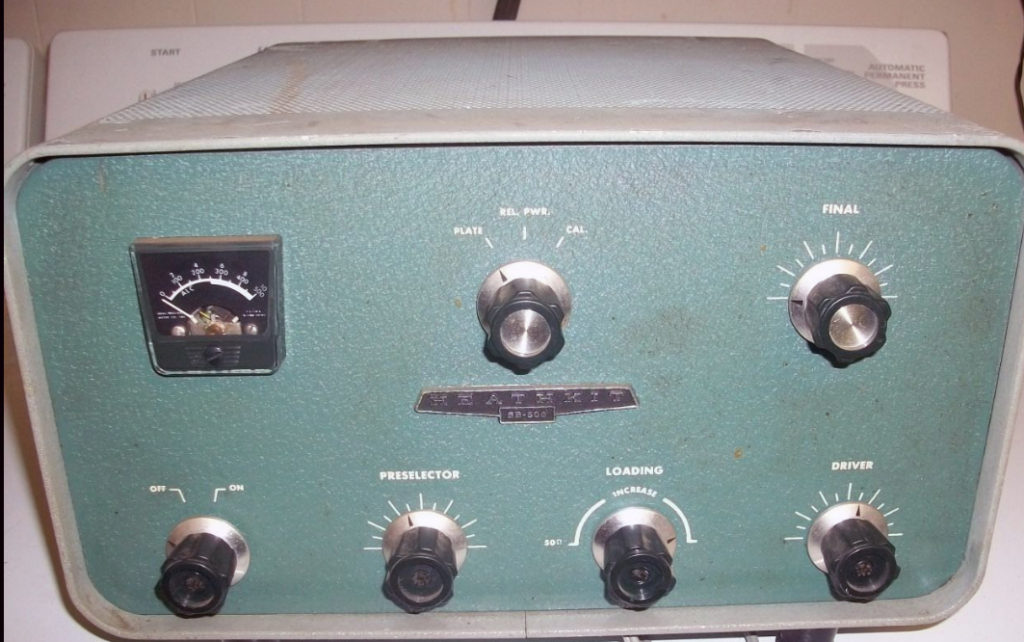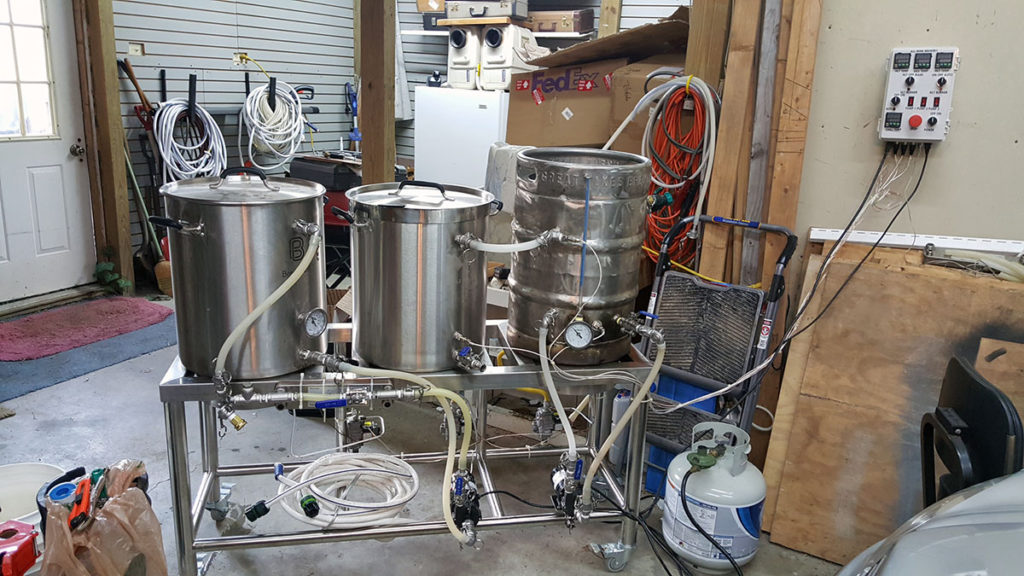
It looks a little neater now; I shortened all of the hoses for a cleaner setup. The third test brew yesterday went well, though the day was far too hot for it. That was aggravated by the fact that I kept the door behind the rig closed this time. That killed the breeze that had provided some measure of relief on previous brews. That breeze was making it difficult to “dial in” the burners, as it was blowing right into the vented areas at the rear of each burner. Once I have the control box mounted on its own stand I will be able to position the brewstand to avoid that. As it is, everything is tethered to the fixed controller location so I don’t have much freedom of movement.
With the flames undisturbed I could make the area even less comfortable by cranking the burners up! Boiloff was initially higher than intended and I had to cut the boil flame down to avoid losing too much volume. I haven’t yet weighed the propane tank but I expect fuel consumption to be down a little from the 7 pounds I used last weekend. I think I will end up around 3 pounds for a 5 gallon brew and 6 pounds for ten gallons. That would put me about where I was with the original gravity feed system I had been using; I can live with that. The burners can be switched over to natural gas by swapping a spring in each solenoid valve and drilling out an orifice in each burner. When I get around to that my fuel costs will drop greatly.
I don’t know at what temperature the ground water was, but I was able to get the boil kettle down to 75 degrees very quickly by recirculating through the plate chiller. Transfer into the fermenters was at 65 degrees. I doubt that the ground water will ever be much warmer than it is now, after a couple of weeks of 90 degree days so I should be free of cooling concerns.
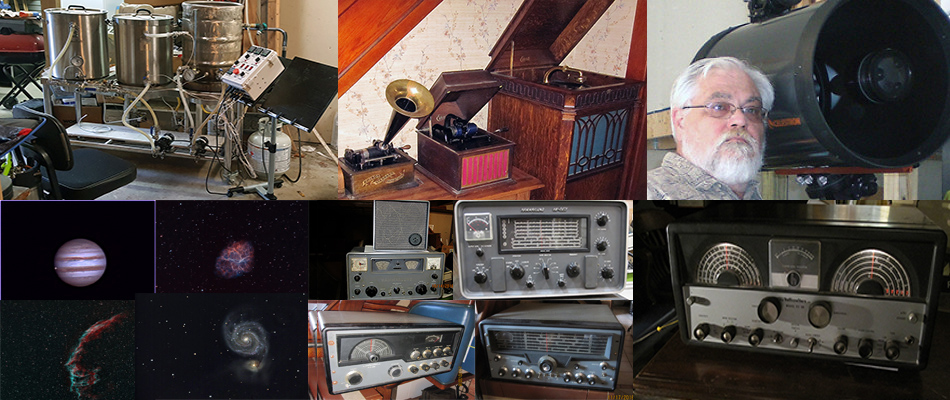
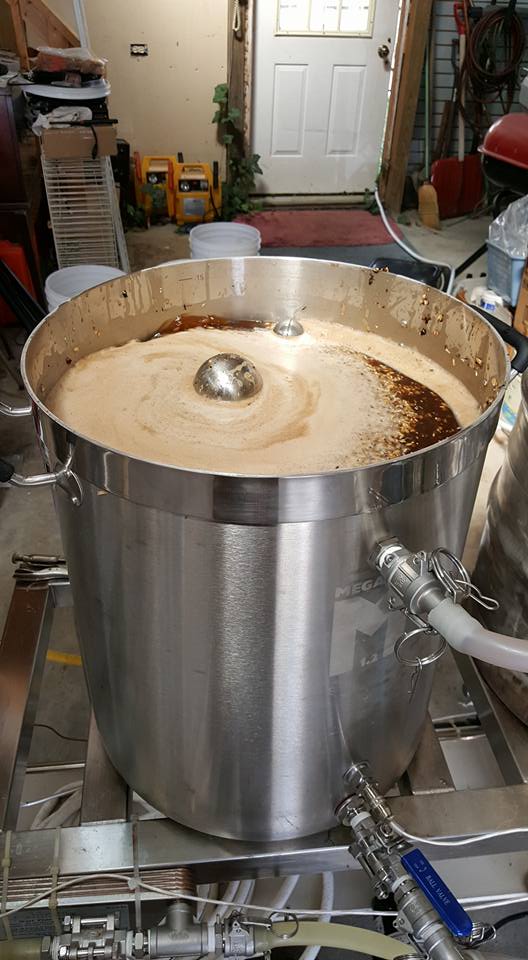
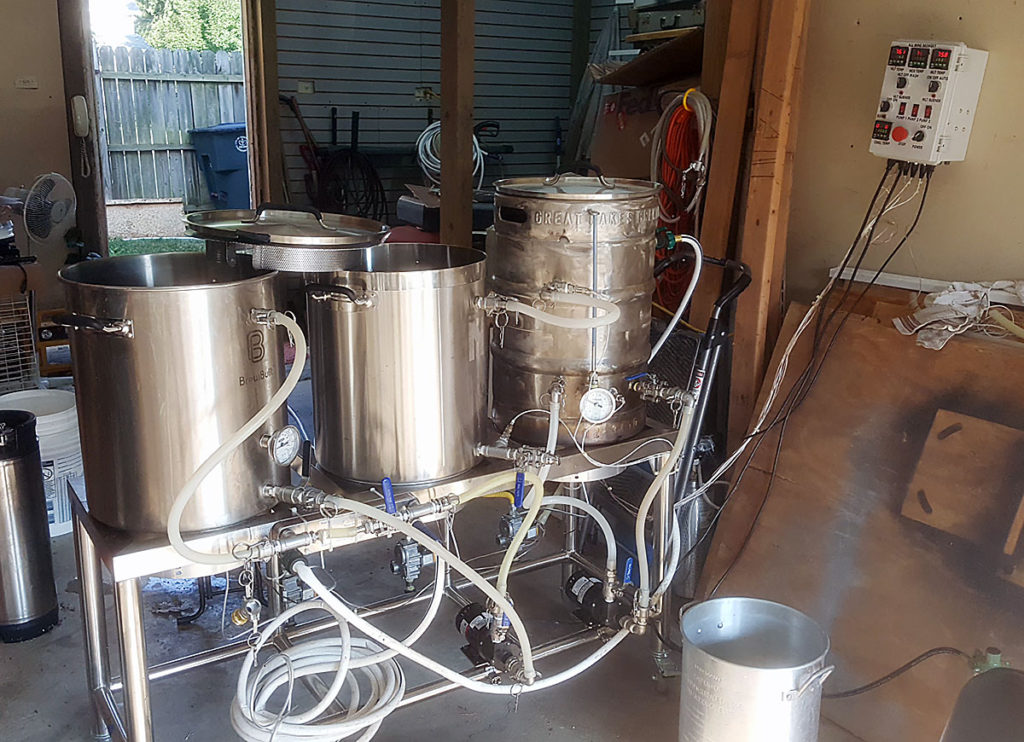
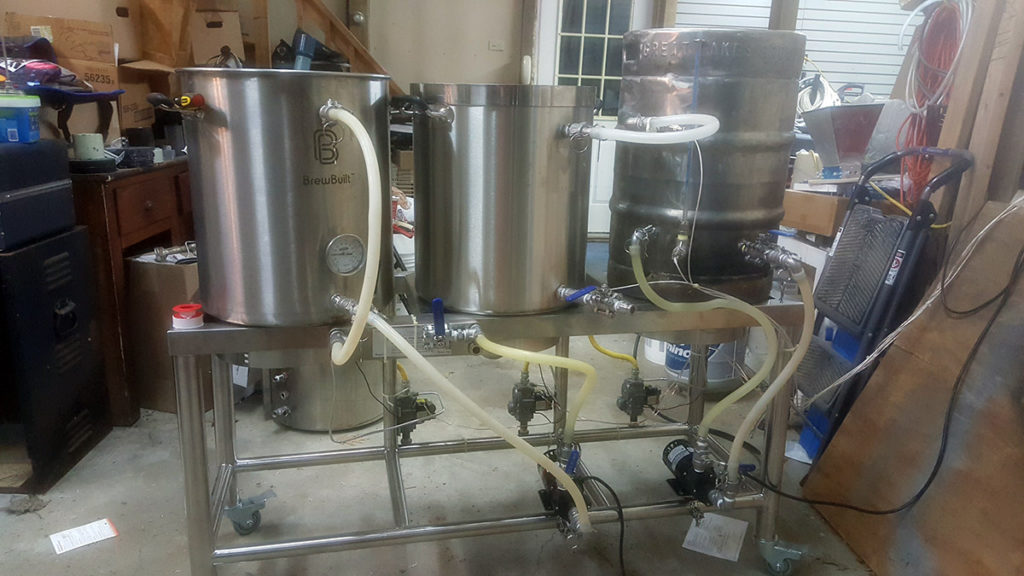
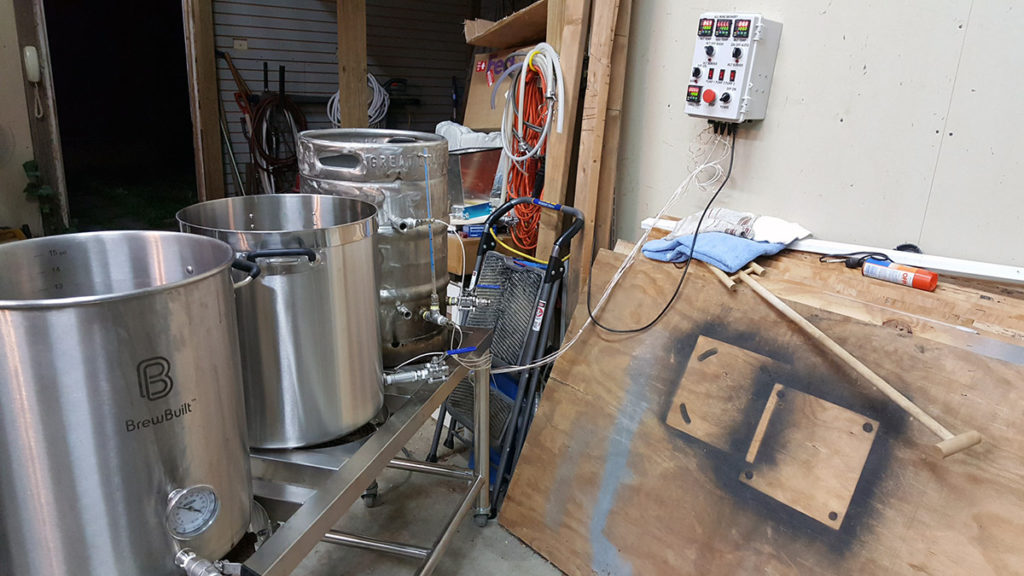
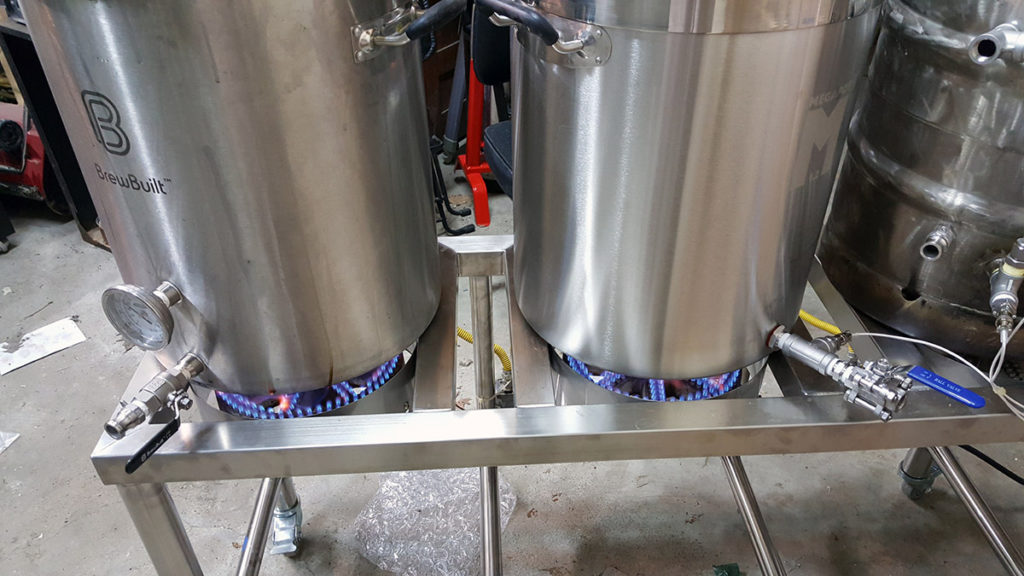
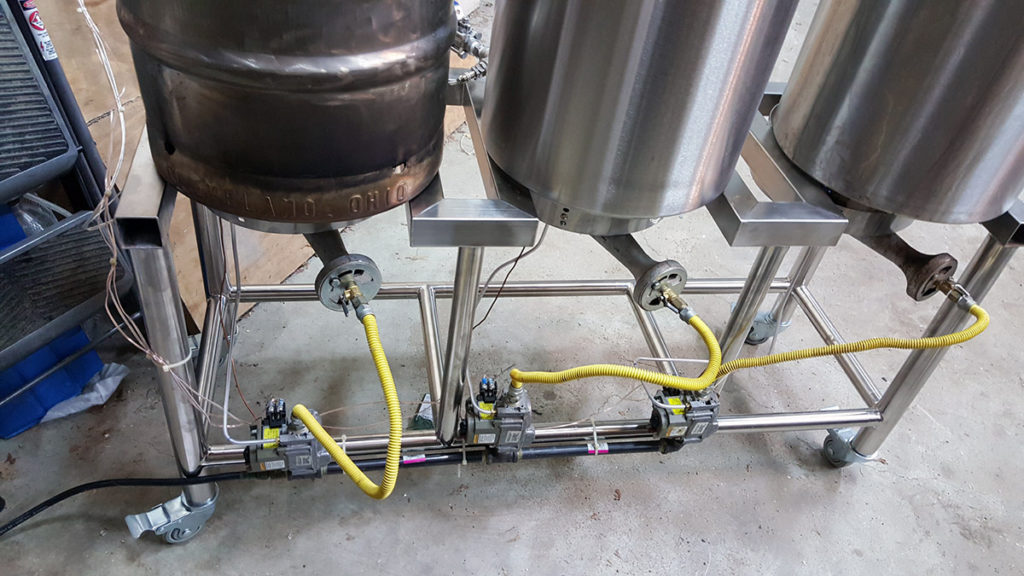
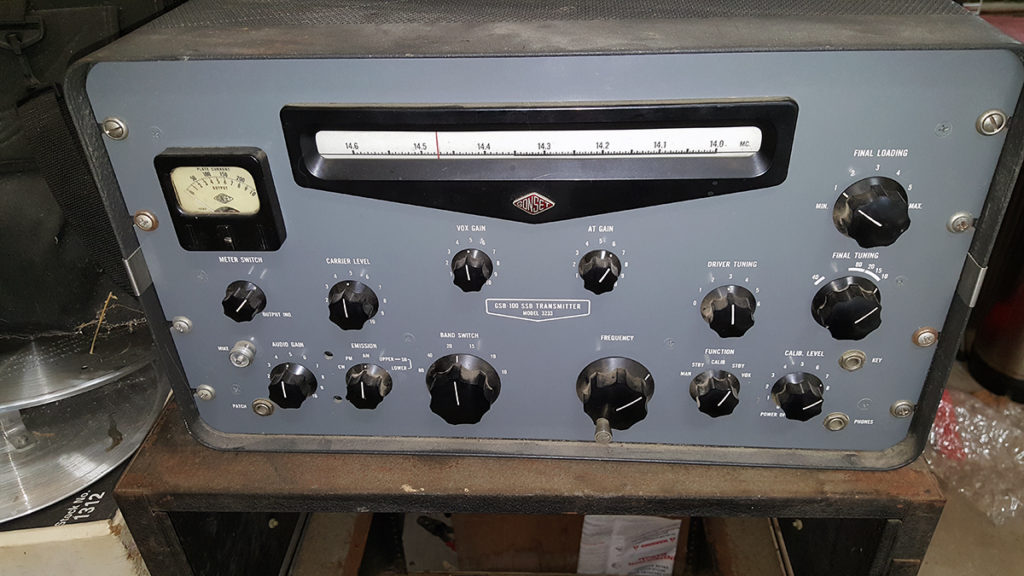
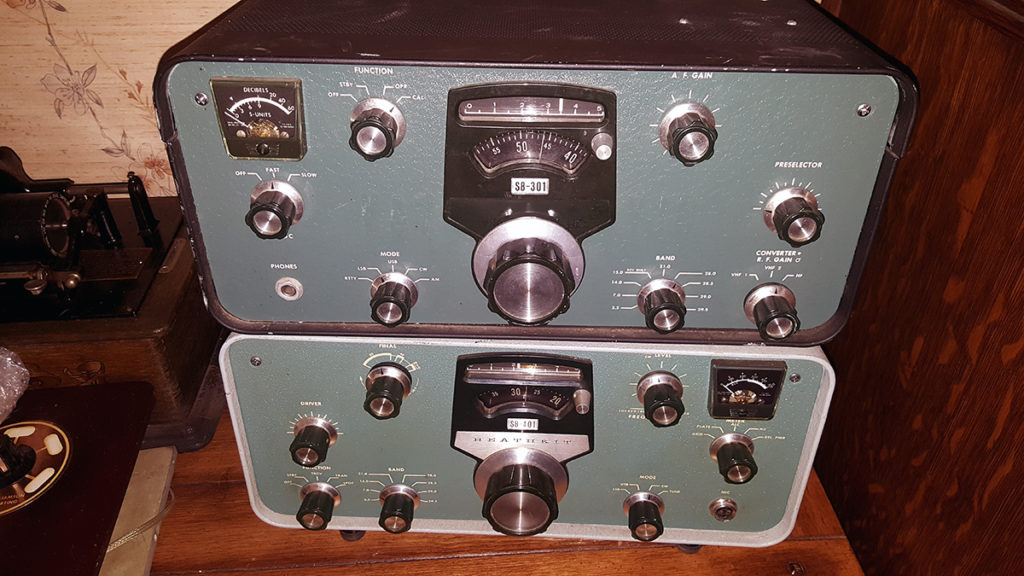
![20160526_174035[1]](https://www.lx-850.com/wp-content/uploads/20160526_1740351-1024x576.jpg)
